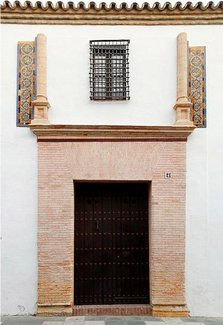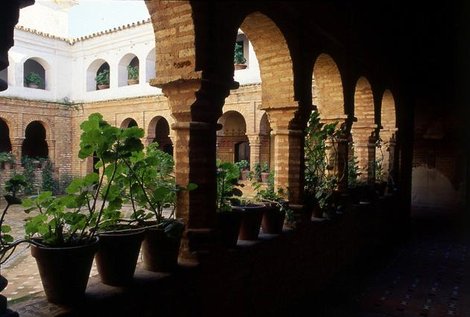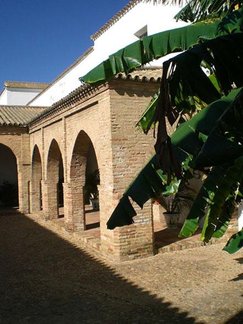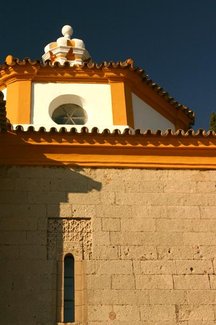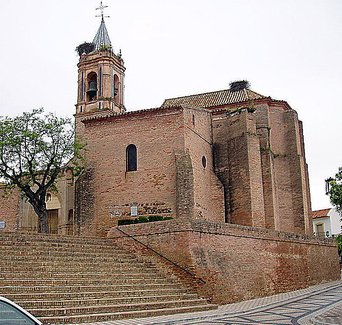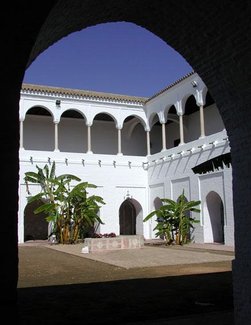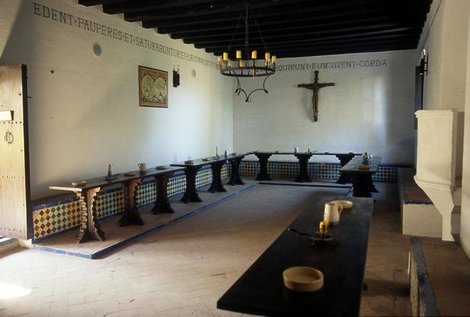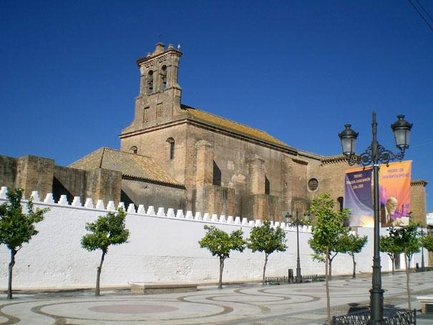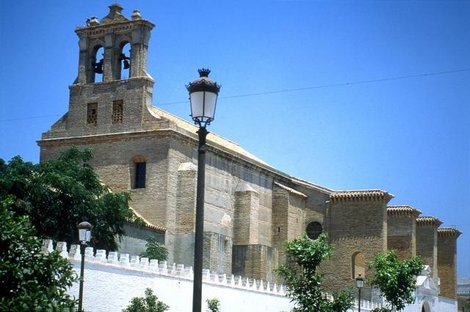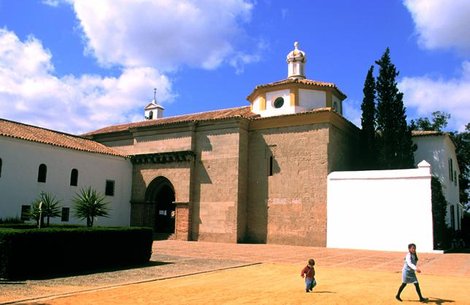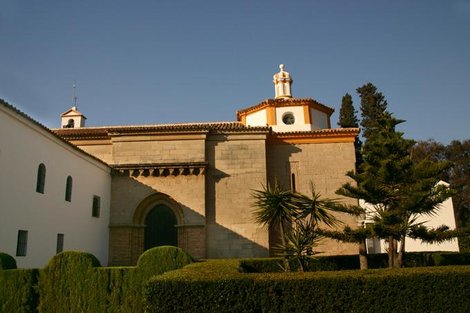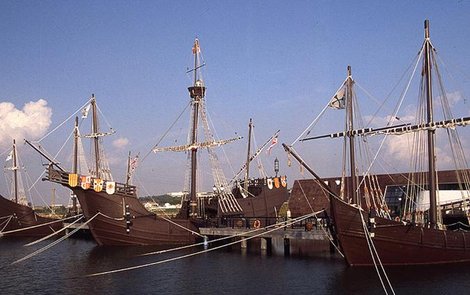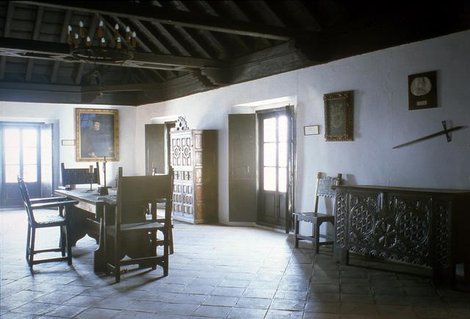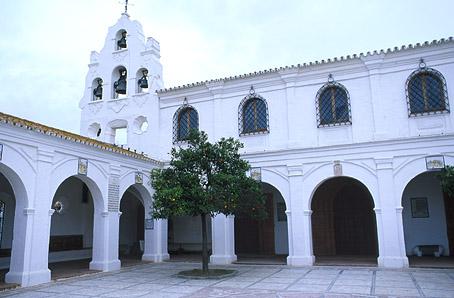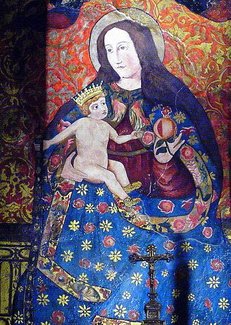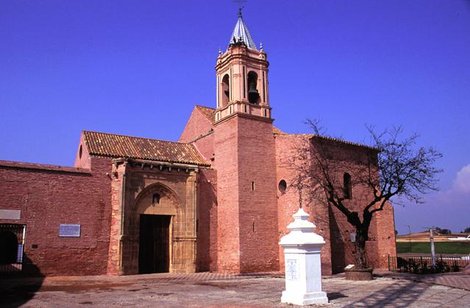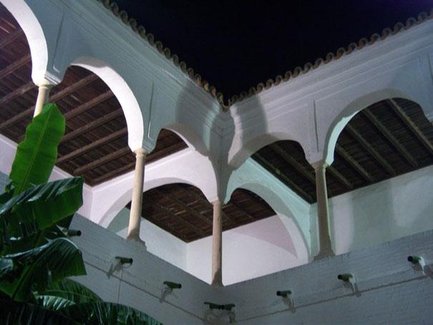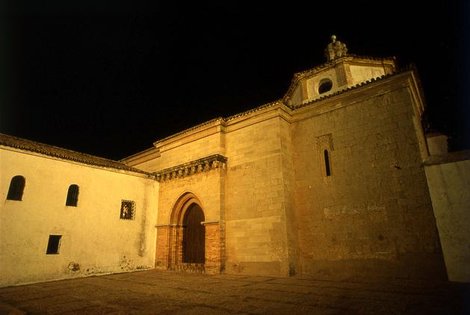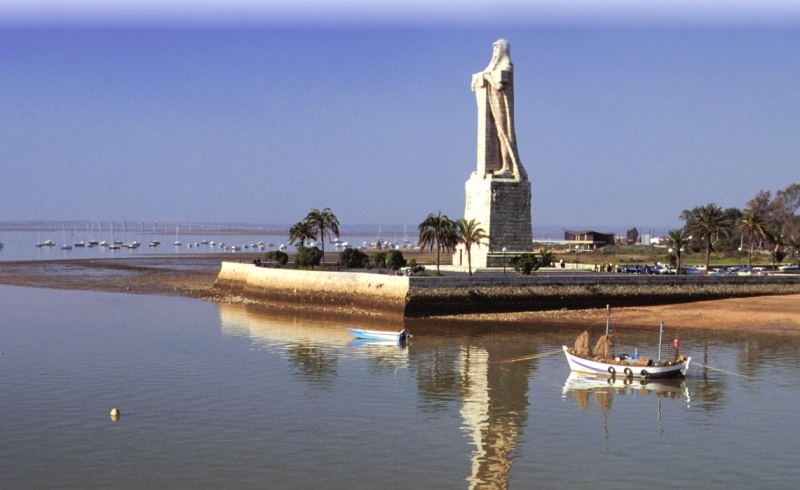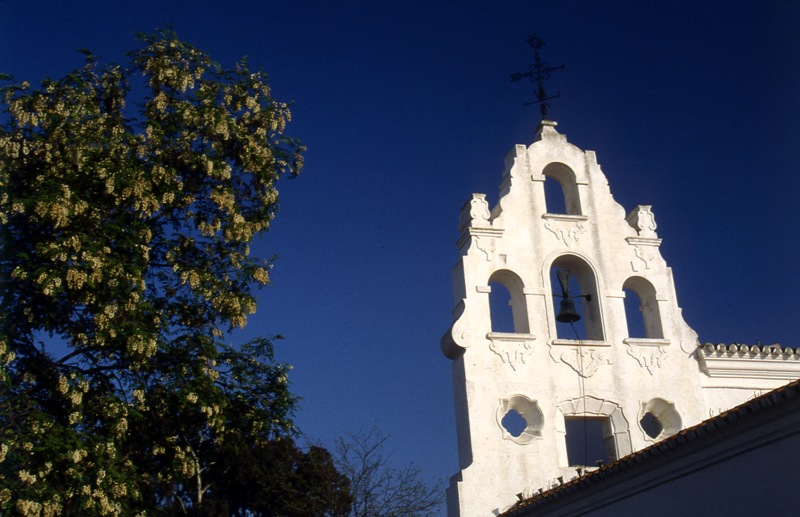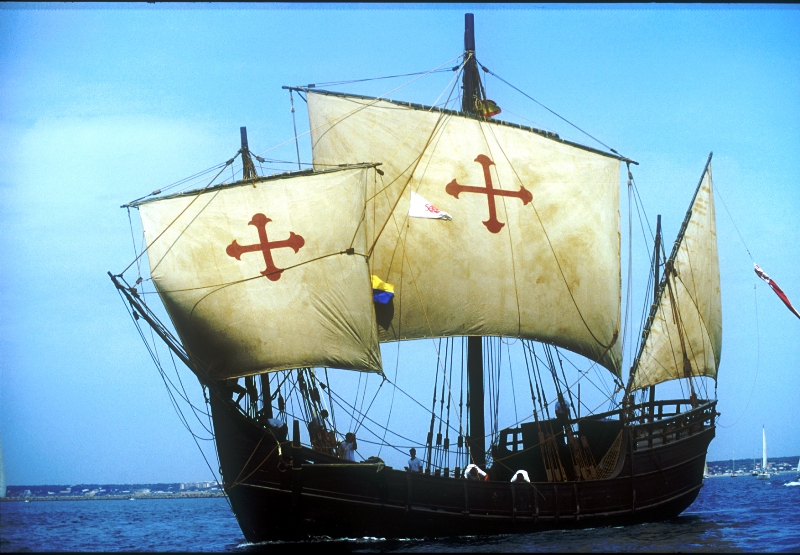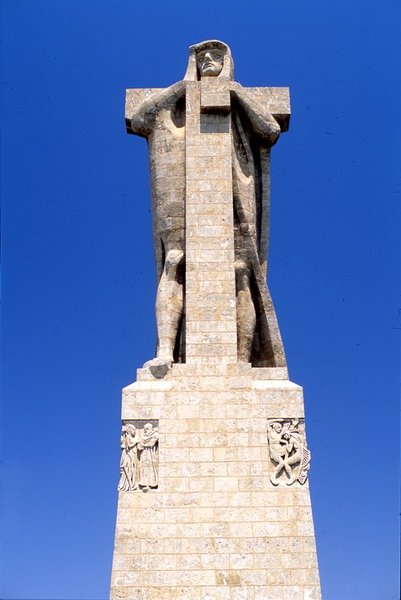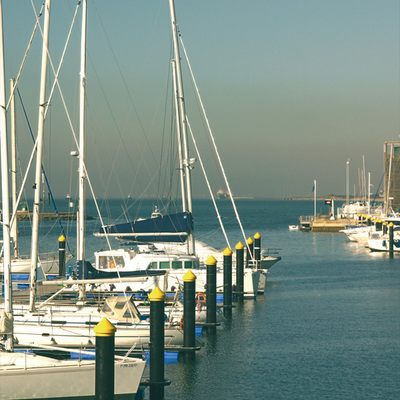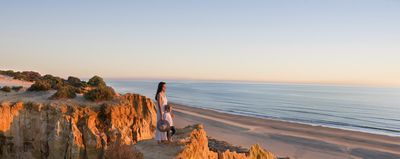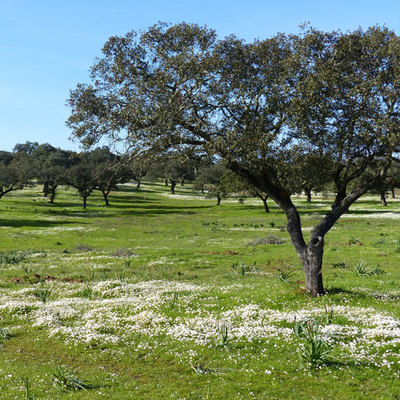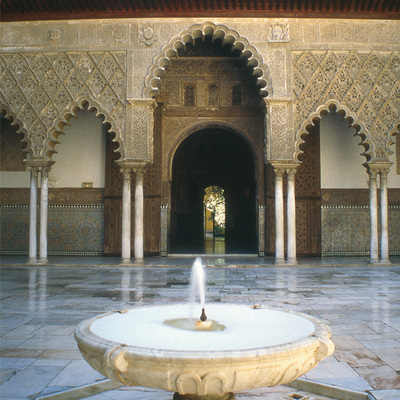El primer viaje a las Indias
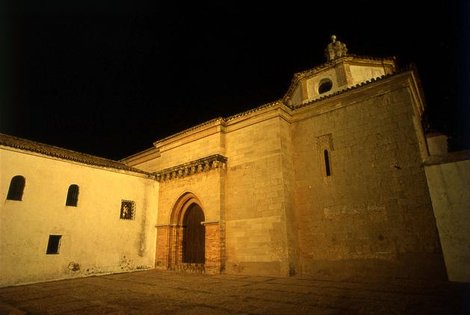
A visit to Huelva provides the opportunity to undertake a genuine reconstruction of the preparations for, the departure, and the return of the Voyage of Discovery.
The mouth of the rivers Tinto and Odiel was a large natural harbour which boasted considerable nautical activity. The inhabitants of Palos de la Frontera, Moguer and Huelva were seafaring people who would undertake daring voyages of exploration and colonisation. Noblemen, merchants, members of religious orders, seamen and soldiers all participated in those adventures.
Today, their castles, monasteries, convents and houses echo this brilliant past.
In Palos de la Frontera, the Monastery of La Rábida (15th-18th C.) is the emblem par excellence of the Andalusian buildings connected with America, since it is here that the Discovery was nurtured. This former ribat (Arab defence fortress) was converted into a Franciscan monastery and an active scientific, cosmographic and maritime centre, offering hospitality to the pilgrims who, like Columbus, came knocking on its door.
It is here that Columbus found his first protectors in Spain, after his failure in the Portuguese court. In the Church of San Jorge (15th C.), built by the lords of the town in Gothic and Mudejar style, the ships´ crews were called together. In the nearby Fontanilla, an example of brick Mudejar architecture, they stocked up on water for the voyage, under the protection of the castle that dominated the port of Palos.
In town, the Casa de los Pinzón (the Pinzóns´ house) is worthy of note as the legendary ancestral home of the sailors who sailed with Columbus on his first voyage.
The Monastery of Santa Clara (14th-16th C.), in Moguer, was the object of special devotion by Columbus. Its style and proportions embody a model which would be repeated in colonial American architecture. Its cloisters, the church´s alabaster sepulchres, tiles and murals, and the Museum of Sacred Art are its most outstanding features. The Convent of San Francisco (14th-18th C.), the remains of the castle and the houses of the historical quarter of Moguer, such as the mansion of the Admirals Yañez Pinzón (18th C.), complete the vision of this city so closely related to the first European voyages to America.
In Lucena del Puerto, the Monastery of la Luz (14th-16th C.), is an exemplary synthesis of the architectural forms representative of the Age of Discovery.
In Huelva, the Santuario de la Cinta (15th C.) commemorates the most difficult moments experienced during the voyage by Columbus, who, in times of danger, put himself in the hands of the Virgin of this hermitage.

